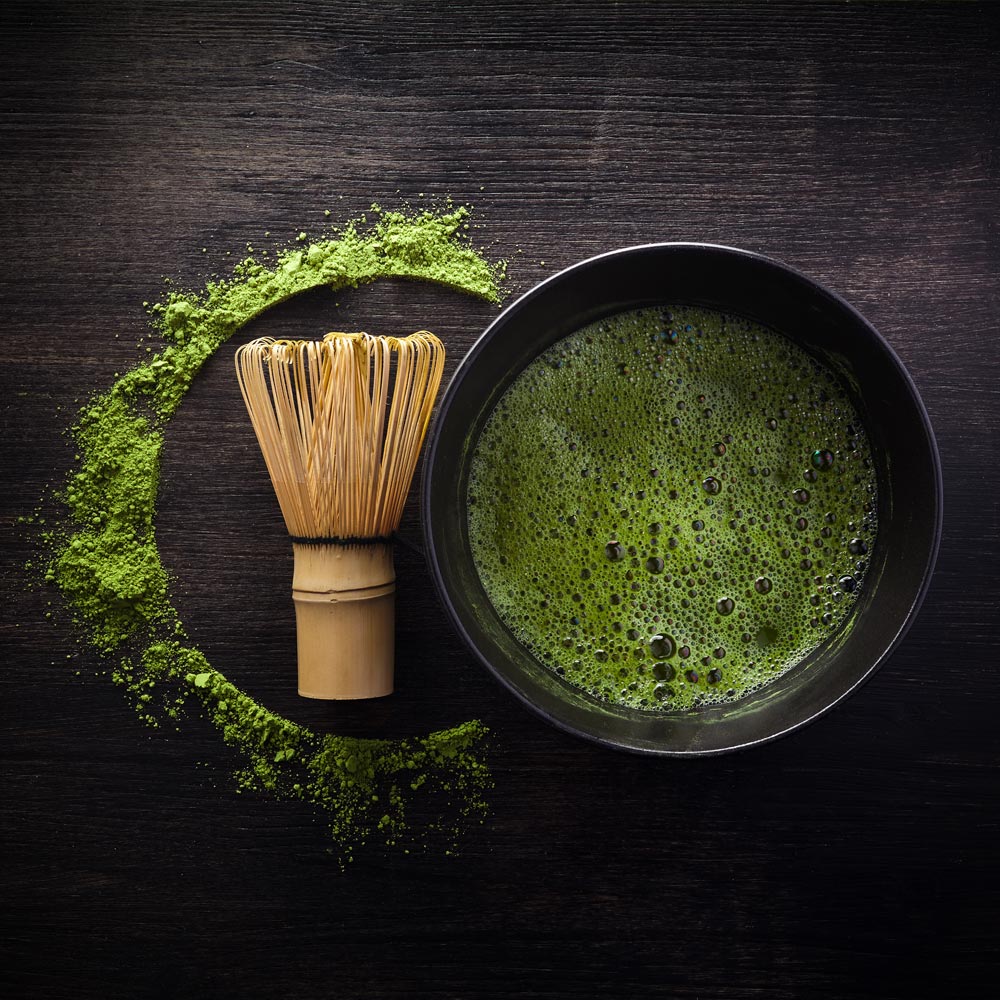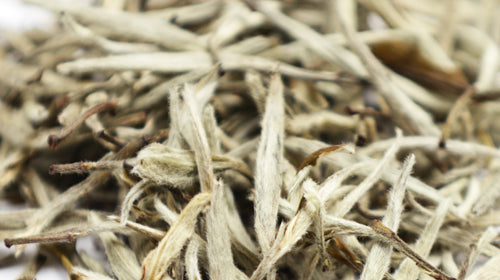Chanoyu , also known as Sadō or Chadō , is the traditional Japanese tea ceremony—a deeply rooted ritual that goes far beyond simply drinking tea. It is an expression of Japanese aesthetics, spirituality, and craftsmanship. In this article, you'll learn what Chanoyu truly means, how it's performed, which utensils are used, and why it has remained alive in Japan to this day.
What is Chanoyu?
Chanoyu literally means "hot water for tea." It encompasses a strictly structured process for preparing and enjoying matcha tea —a fine green powdered tea. This tea ceremony not only follows set movements but also teaches the four basic principles:
-
Wa (harmony)
-
Kei (Respect)
-
Be (purity)
-
Jaku (silence / inner peace)
Chanoyu is not a show – but an inner process in which hosts and guests experience mindfulness, beauty in simplicity and presence together.
The origins of Chanoyu
The origins of the tea ceremony date back to the 9th century, when Buddhist monks brought tea from China. Over the centuries, it developed into a distinct philosophy in Japan. The decisive influence came from the 16th-century Zen monk and tea master Sen no Rikyū . He shaped the path of tea as a spiritual discipline—simple, humble, and deeply human.
The process of the Japanese tea ceremony
A complete Chanoyu ceremony can last several hours and includes various stages. The exact procedure varies depending on the season, occasion, and ceremony type. A typical sequence is:
-
Welcoming and purification : Guests enter the tea room (Chashitsu), symbolically cleanse their hands and admire the furnishings.
-
Kaiseki (light meal) : In formal ceremonies, a simple, artfully prepared meal is served first.
-
Preparing the room : The host cleans all utensils in front of the guests – with calm, meditative movements.
-
Matcha preparation : The tea is whipped with hot water and served individually. Guests bow, give thanks, and drink in silent mindfulness.
-
Bow and conclusion : After the enjoyment, silence returns, followed by a final thanks and bow.
The most important components of the tea ceremony
Every detail in the chanoyu is significant. Here's an overview of the key elements and utensils:
1. Chawan (tea bowl)
The tea bowl is not only a vessel, but also a work of art. A suitable bowl is chosen depending on the season and mood.
2. Chasen (tea whisk)
A whisk made of finely split bamboo for whipping matcha. It represents craftsmanship, patience, and simplicity.
3. Chashaku (teaspoon)
A flat bamboo spoon used to measure the matcha powder.
4. Natsume or Chaire (tea caddy)
A container for the matcha powder – usually simple and elegant.
5. Fukusa and Chakin (scarves)
A silk cloth for symbolically cleaning the utensils and a cotton cloth for drying the bowl.
6. Kama (kettle) and Hishaku (ladle)
They are used to prepare and portion hot water.
7. Chashitsu (Tea Room)
A specially designed room – simple, quiet, often with tatami mats, a tokonoma (alcove) and natural light.
Spiritual depth and cultural significance
Chanoyu is more than a cultural heritage—it is an inner path. Focusing on the moment, respecting people and objects, and connecting with nature are reflected in every movement. Many practitioners consider the tea ceremony a life lesson—it promotes mindfulness, humility, and a sense of beauty in everyday life.
Chanoyu is a fascinating ritual that touches the body, mind, and heart equally. The Japanese tea ceremony combines centuries-old knowledge, skillful craftsmanship, and meditative presence. Whether as a guest or host, those who engage in this experience encounter not only the tea, but also themselves.




Leave a comment
This site is protected by hCaptcha and the hCaptcha Privacy Policy and Terms of Service apply.